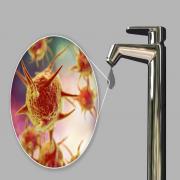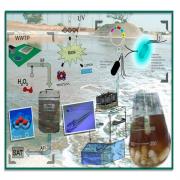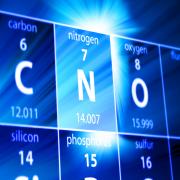Studying the Mechanisms of Water Disinfection– From the Inside
UV interacts with DNA (and RNA) via a physical process where photons absorbed by pyrimidine bases in DNA, result in dimer formation (links two bases) which inhibits replication. An organism that cannot replicate cannot reproduce and infect. The impact of the UVA spectrum in polychromatic lamps may result in indirect damage to cellular DNA through catalyzing the formation of chemical intermediates such as reactive oxygen species. Some DNA regions are coding to proteins, those regions are known as ‘genes. The goal of this study is to build a biosensor, which is a set of genes coding for an easy to detect activity (here luminescent) cloned under the desired promoter. We hypothesized that UV exposure promotes intracellular superoxide formation. Better understanding of the biological process inside UV irradiated cells could potentially lead to improve disinfections efficiency by understand the mechanism of combined treatments.





